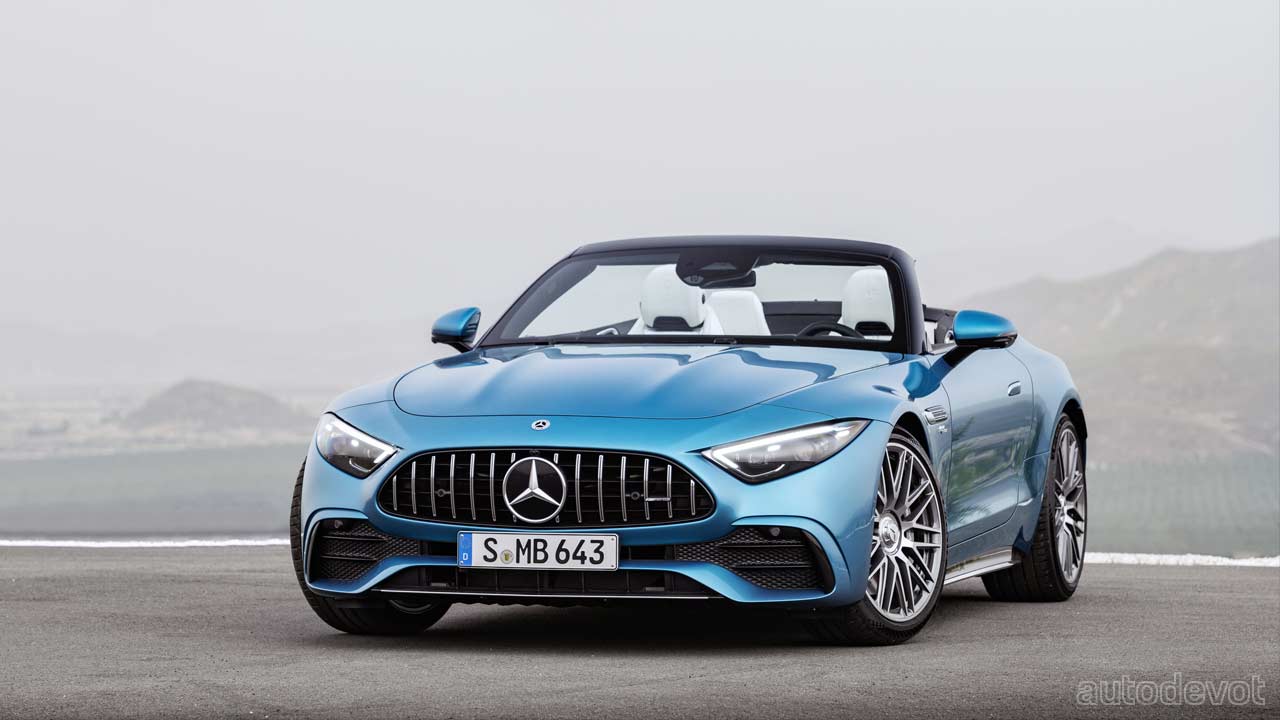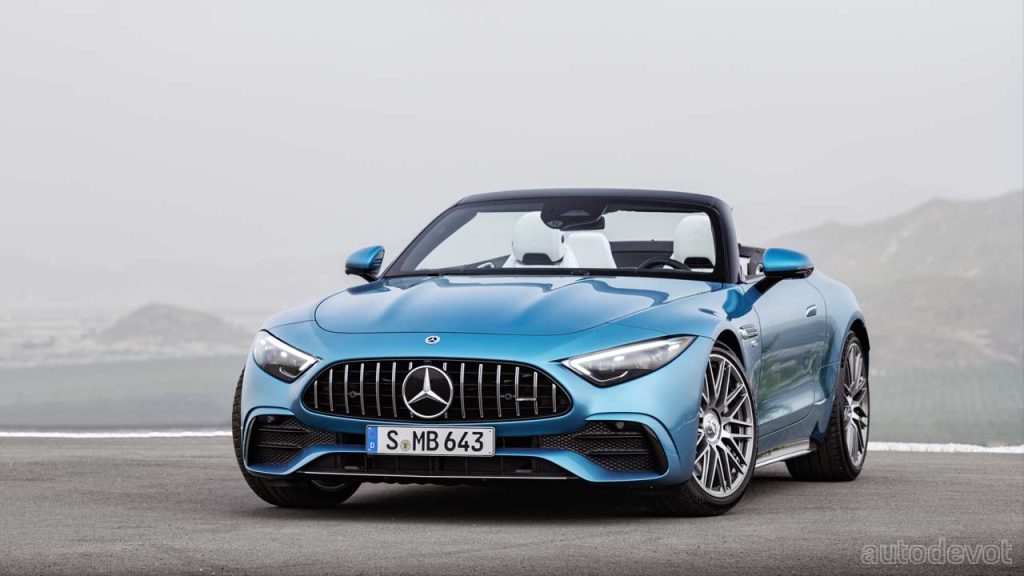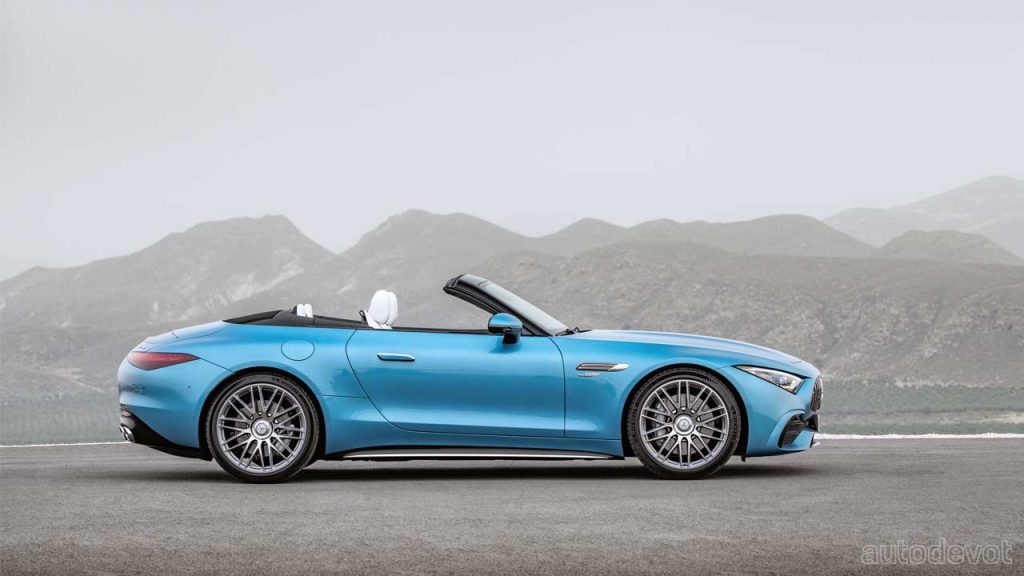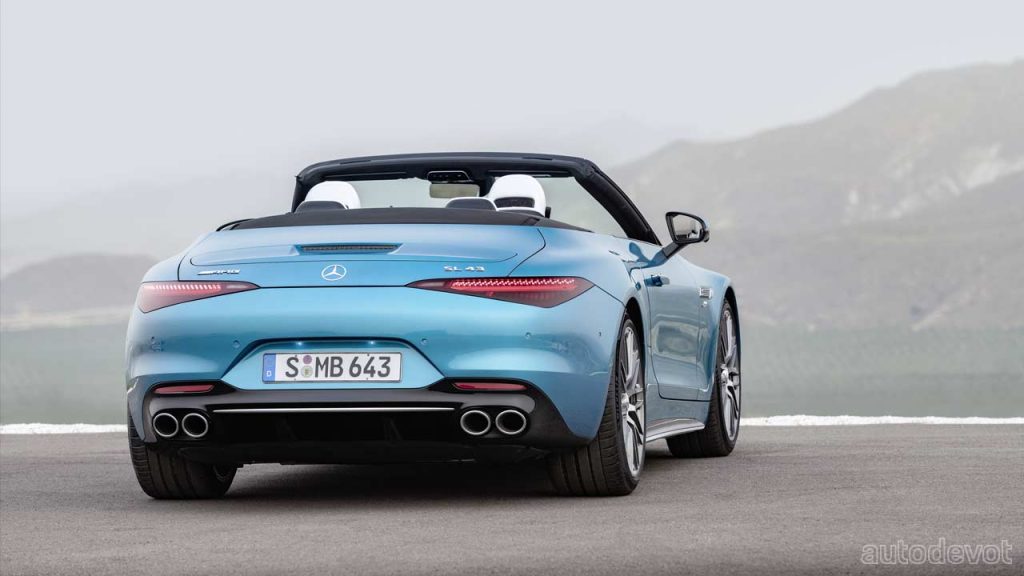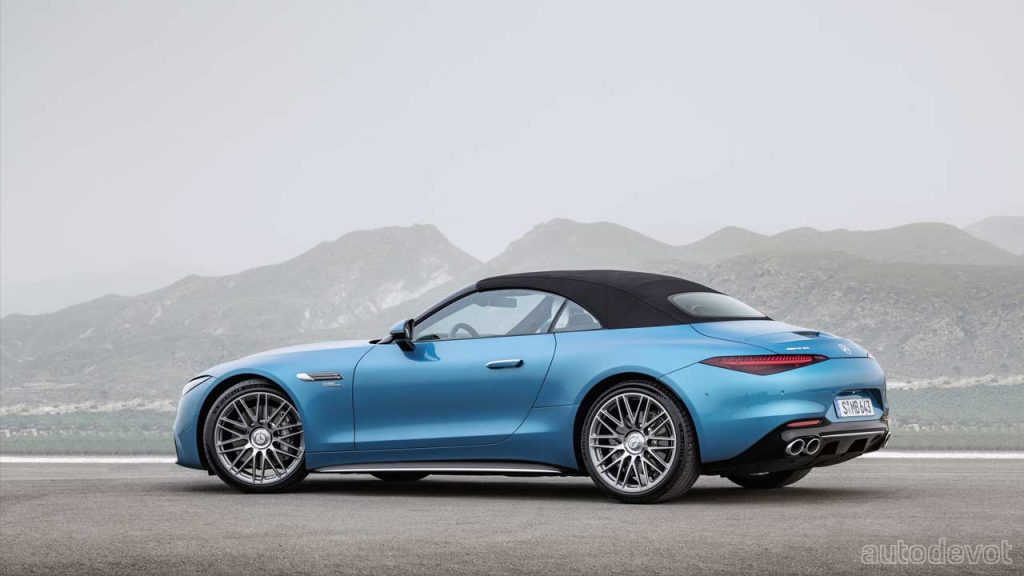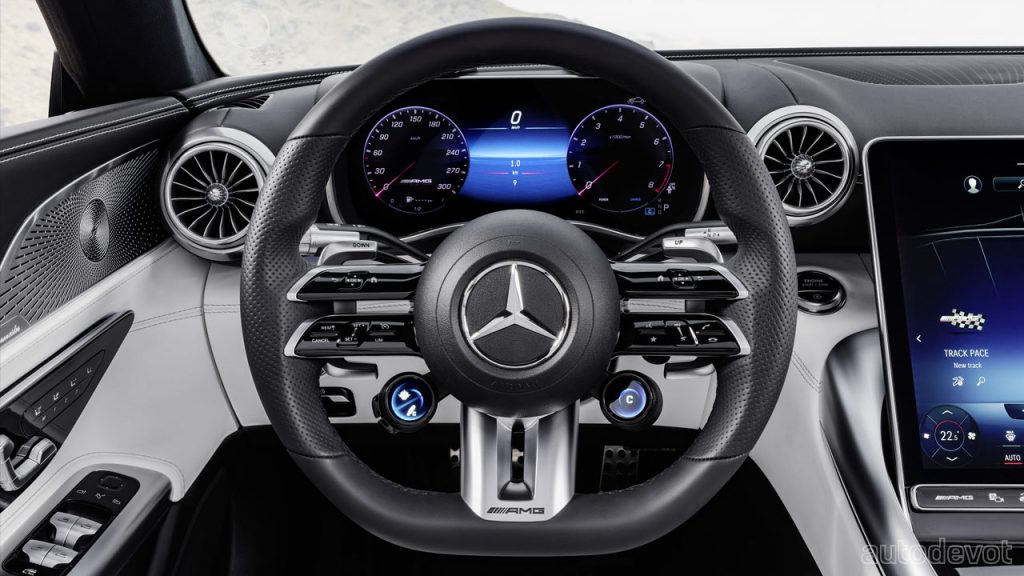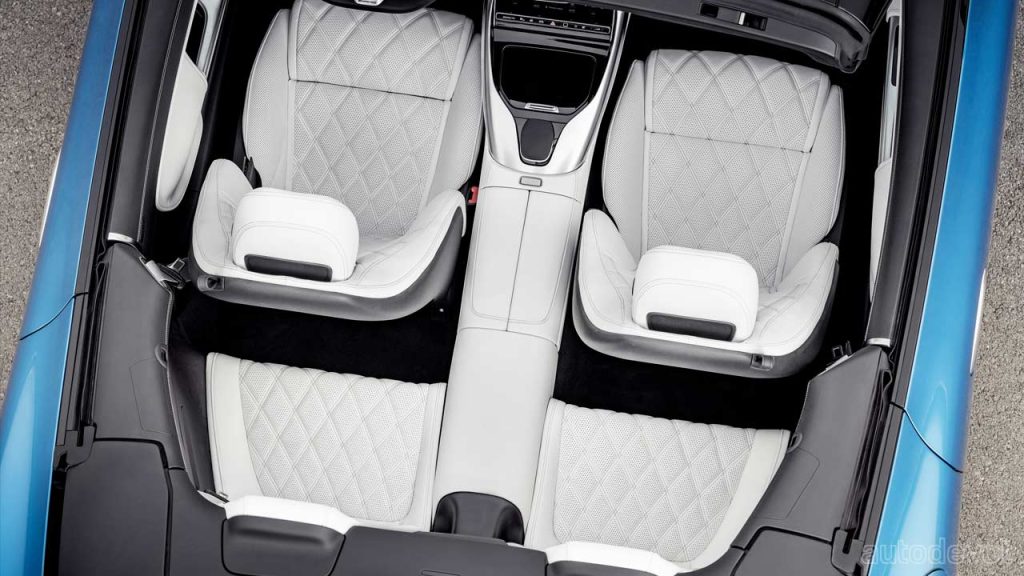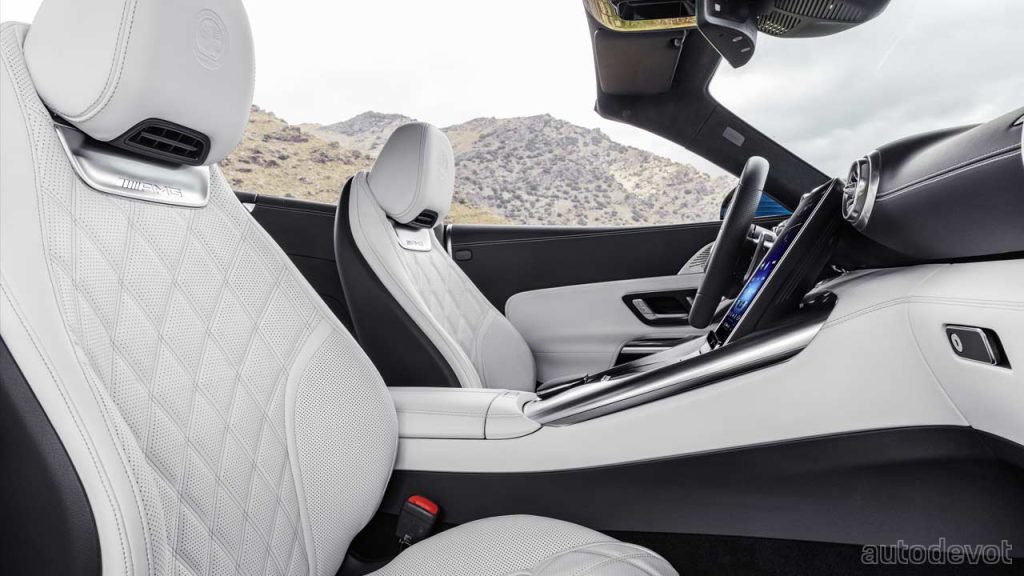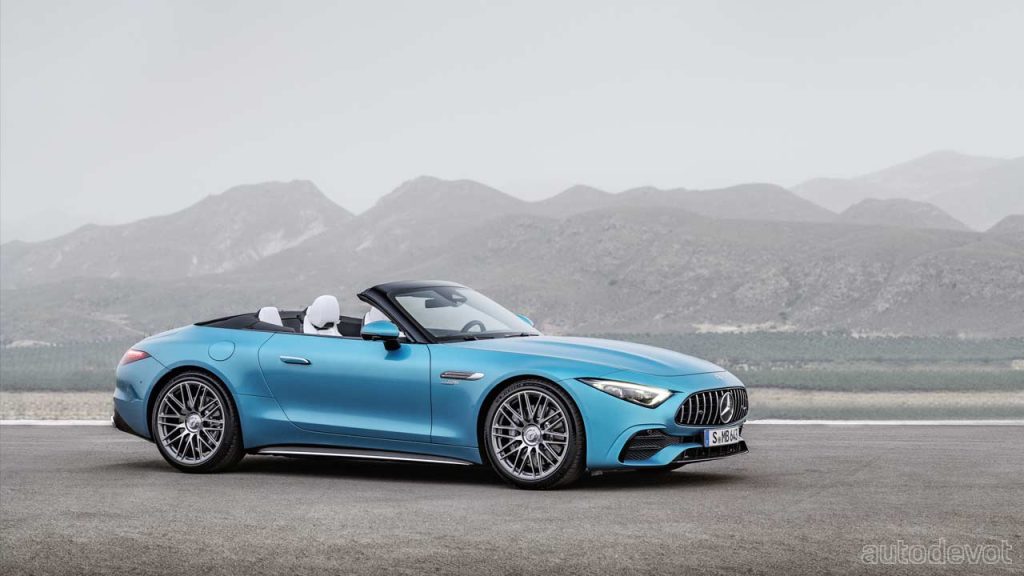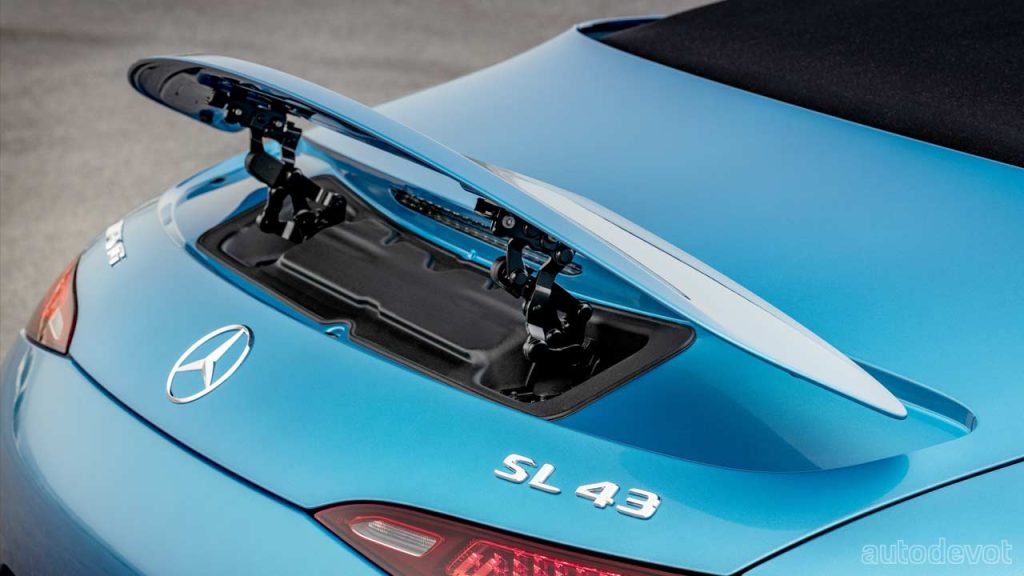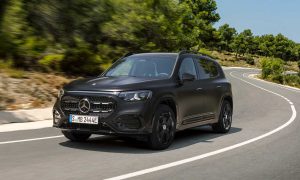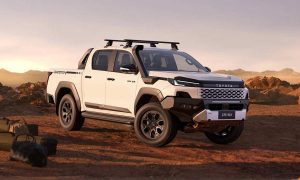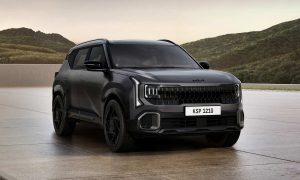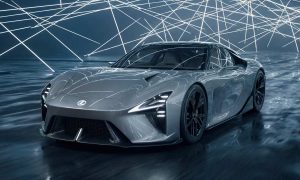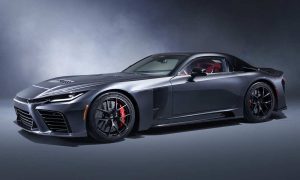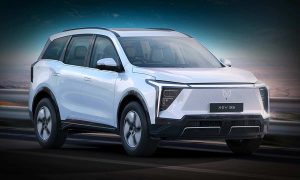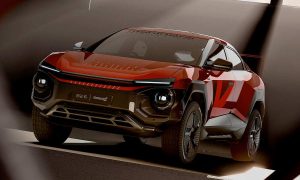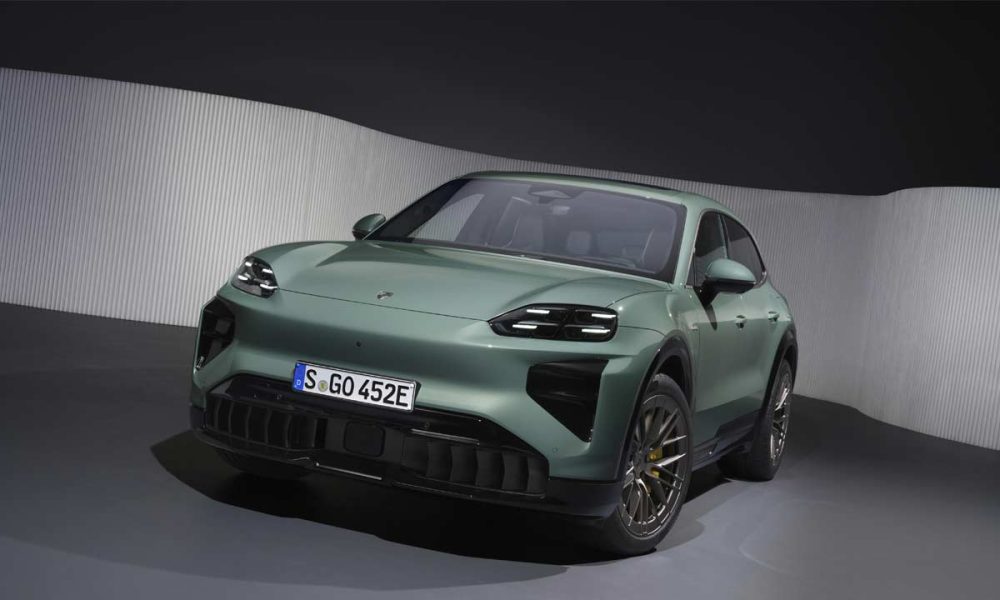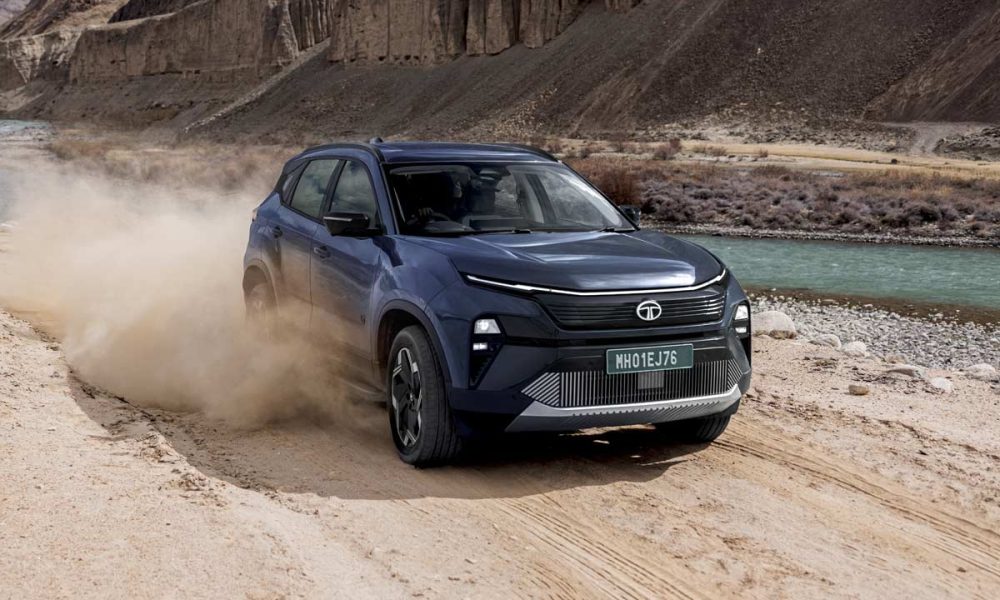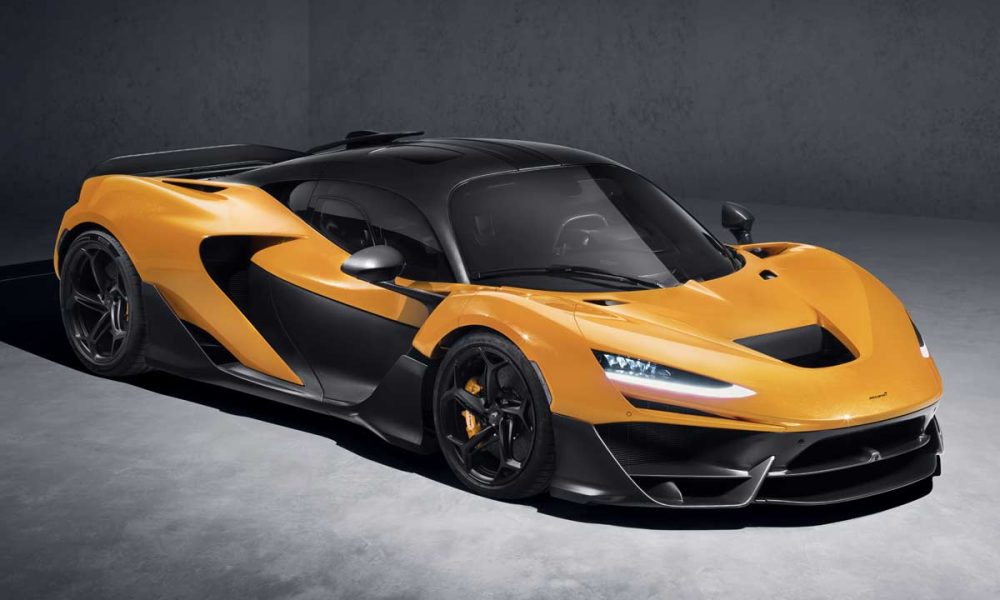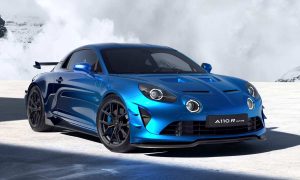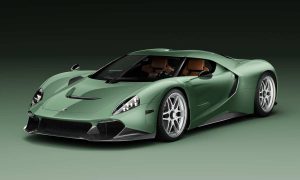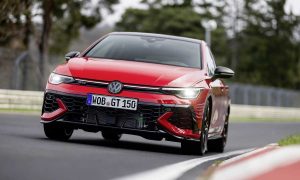The 7th gen, R232 Mercedes SL debuted with AMG SL 55 and AMG SL 63 variants last year. But for those who can’t handle the V8 power, Mercedes-AMG is offering a 4-cylinder variant in the form of AMG SL 43. Pricing is yet to be announced, but in the meantime, let’s take a brief look at what’s on offer.
Speaking of which, visually, the SL 43 sports more relaxed looks as opposed to a bit aggressive looks of the V8 models. And the tailpipes are circular as opposed to trapezoidal in the V8 models. As standard, the car rides on 19-inch light-alloy wheels, however, up to 21-inch wheels can be found in the options list. In addition to an active Airpanel system and an active rear spoiler, the disc brakes (390 mm at the front and 360 mm at the rear) have also been borrowed from the V8 models. AMG Ride Control suspension comes standard with aluminium shock absorbers and lightweight coil springs. AMG adaptive adjustable damping and rear-axle steering are optional extras.
Inside, you get standard MBUX infotainment system and seats covered in a combo of Artico man-made leather and fabric. And as always, the options list is pretty big and includes Nappa leather, AMG sports seats, AMG Performance seats, and steering wheel heating function.
The optional Dynamic Plus package gets you dynamic engine mounts, an electronically controlled limited-slip rear differential, a Race driving mode, 10 mm lower ride height, and yellow-painted AMG brake calipers.
Moving on to the business end of the story then, the SL 43 packs an M139 2.0-litre (1,991 cc) 4-cylinder petrol engine coupled with what is billed as an electric exhaust gas turbocharger derived from Formula 1. With that, the new SL 43 is claimed to be the first production car in the world to pack such a turbo.
The operating principle of the electric exhaust gas turbocharger is based on the same technology used by the Mercedes-AMG Petronas F1 Team. An electric motor around 4 cm thin is integrated directly on the turbocharger shaft between the turbine wheel on the exhaust side and the compressor wheel on the intake side. Electronically controlled, this drives the shaft of the turbocharger directly and thus accelerates the compressor wheel before the exhaust gas stream starts to drive it conventionally.
The turbocharger operates via the 48-volt on-board electrical system and can rev up to 170,000 rpm. The turbocharger, electric motor and power electronics are connected to the combustion engine’s cooling circuit to create an optimal operating temperature at all times.
The output figures? Oh yea, those are important too I guess. Well, you get 280 kW (381 metric hp) at 6750 rpm and 480 Nm (354 lb-ft) of torque between 3250 and 5000 rpm. Depending on the conditions, the belt-driven starter generator offers an additional boost of 10 kW (14 metric hp) for a short period. A 9-speed automatic gearbox drives the rear wheels. The vehicle’s kerb weight is 1,810 kg (3,990 lbs). As for the official performance figures, 0-100 km/h (62 mph) in 4.9 seconds and a limited top speed of 275 km/h (171 mph).

Leave a Reply
Note: Comments that are unrelated to the post above get automatically filtered into the trash bin.
